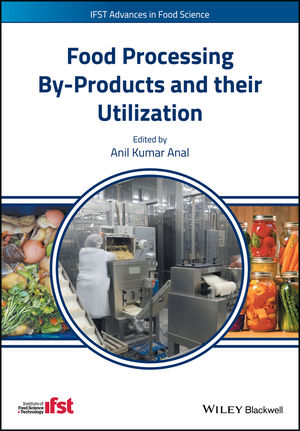Keep products rolling along
Conveyor systems are an underappreciated but critical component to a plant’s efficiency.

When it comes to the critical machines in a processing plant, processors may think of the packaging lines, the patty formers and other expensive pieces of equipment. The conveyor lines that take the product from one process to the next may get overlooked, but they are important as well. When those lines break down, everything in the plant could grind to a halt – literally.
As with other types of technology in the industry, technological advances help conveyors move forward.
“Conveyor manufacturers continue to improve the functionality of their belting systems,” explains Dr. Lynn Knipe, Associate Professor at The Ohio State University College of Food, Agricultural, and Environmental Sciences, in Columbus. For example, more durable plastic material in modular belts can allow them to become more impact resistant, reduce belt breakage and reduce the potential contamination of products. A heavier edge on a belt can reduce catch points, decreasing the risk of belt breakage when in use. Clean-in-place systems have been developed for use with monolithic belts, to further reduce the chances of cross-contamination of pathogens from the belt to the meat.
As the technology improves on conveyor belts and systems to make them last longer, good maintenance practices and responsible usage remain important.
“The life of a conveyor belt depends upon the type and manufacturer of the belt being used, as well as the treatment that the belt receives in each operation,” Knipe says. “Some belts have been shown to last 10 years or more, but belts which are abused and not properly maintained won’t last as long as belts which are properly cared for.”
The type of operation frequently dictates the type of belt that is needed. Plastic modular belts are made of interlocking pieces of plastic and are used when meat products are being cut on a moving belt. Because of the spaces between the many pieces of plastic, modular belts can be challenging to clean and sanitize, Knipe says.
Extruded, monolithic belts are used for packaging products and areas where cutting of product is not being done on the belt.
“These belts are one solid piece of plastic and aren’t durable enough for cutting meat on them, but they are easier to clean and sanitize than the modular belts,” Knipe explains.
Metal belts can be used in many of the same applications as plastic belts, but they are most frequently used for batter and breading, as well as freezing, processes.
Processors need to make sure that they purchase a conveyor system that bests suits their needs, as they can be a considerable expense. Knipe recommends that companies in the market consider several questions about their conveyor needs, such as:
- How easy is the system to dis-assemble for cleaning and sanitizing?
- Which type of conveyor belt is best for the application where a conveyor is needed?
- What are the maintenance issues for the preferred belt?
- How long will the conveyor belt last that is best for a specific application?
Looking for a reprint of this article?
From high-res PDFs to custom plaques, order your copy today!









